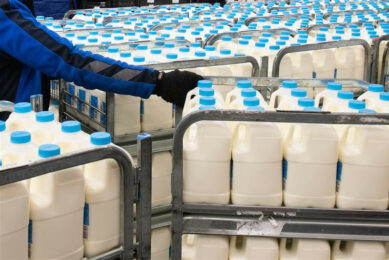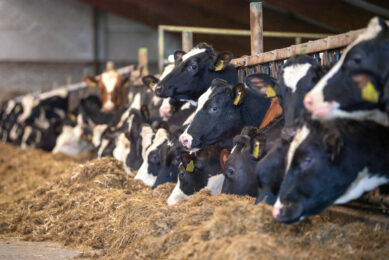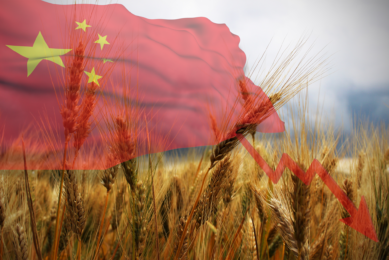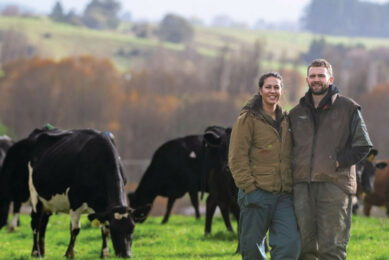Dairy prices heavily range-bound

Dairy prices remain heavily range-bound, according to the ASB Bank, with an absence of clear direction evident since prices rebounded from the lows they fell to mid-2023.
Economists at the New Zealand bank say that little has happened to radically reshape the global dairy market recently. “China is still a much quieter presence at GDT auctions,” the bank says. “Chinese whole milk powder purchase volumes remain low relative to their longer-run averages, and that’s been the case for much of the last 18 months.”
Other regions continue to help pick up the slack, with Southeast Asia and Oceania (and to a lesser extent the Middle East) continuing to purchase in larger volumes. China’s size means that demand among major dairy importers will still be muted this year, but not catastrophically so. Forecasters are less bearish on the outlook for the global economy than they once were.
The latest Global Dairy Trade auction increased by 0.1% to US$3,590 on 16 April, marking the second consecutive increase. Global dairy prices continued to move upward in April. In its most recent Rabobank commodity research, Rabobank says this supports its view that slow and steady dairy commodity price gains will materialise this year.
At the latest auction, anhydrous milk fat recorded the largest price increase, rising by 1.7% to US$7,062. Whole milk powder was the only other product to record a positive result, increasing 0.4% to US$3,269.The cheddar index posted the largest decrease at the auction, down 8.5% to US$4,974. The skim milk powder index was unchanged auction-on-auction at US$2,541.
Earlier, Rabobank reported that Chinese net total dairy product import volumes fell 15.7% on year in 2023, with imports of whole milk powder – a major New Zealand export product – down 39%.
Forecasting China’s total net dairy imports
Rabobank is forecasting China’s total net dairy imports to grow by 1.1% this year, but cautions that the country’s property downturn and weaker economic growth could limit the recovery of dairy consumption, with the potential for Chinese people to choose to increase their savings as household wealth and consumer confidence fall. Also, China’s domestic milk production and processing sophistication has been building.
According to the most recent Rabobank commodity research report, the preliminary EU average farmgate milk price slipped 0.2% month-on-month in March to €46.34 per 100kg. Although Q1 2024 prices were unable to maintain the momentum seen in Q4 2023, Rabobank still anticipates 2024 EU farmgate base milk prices to average near €47.5 per 100kg, with prices, including premiums, rising to around €50 per 100kg toward the seasonal peak.
Milk production
According to the USDA, March milk production in the US fell 1% versus the prior year, marking the ninth consecutive month of weaker year-on-year output. Fewer cows drove less milk, while yield was unchanged year-on year, Rabobank says. The smaller March herd, at 9.335 million head and down 98,000 from last year, suggests that milk production will remain lower year-on-year into Q2.
California, the largest milk-producing state, experienced its first year-on-year gain after 17 consecutive months of weakness, climbing 0.7% year-on-year. Higher milk per cow drove the rise, offsetting a smaller herd, which was down 8,000 head. Wisconsin, the second-largest milk-producing state, showed a production gain, up 1% year-on-year.
Output in Minnesota declined 1.4% year-on-year, but South Dakota posted an impressive 11.2% increase in milk production.
Lactalis Australia has announced it will close its Echuca factory on the border of Victoria and New South Wales in northern Victoria. The company says it will expand its operations in Bendigo. Lactalis plans to invest AUS$85 million (US$55.5 million) over 3 years to expand its manufacturing and supply chain at other Victorian sites.
Fonterra has confirmed plans to close 2 of its dairy processing plants in Waikato, New Zealand. According to Fonterra, they are ageing assets and are no longer efficient to operate. The impacted operations will discontinue near the end of 2024.
Join 13,000+ subscribers
Subscribe to our newsletter to stay updated about all the need-to-know content in the dairy sector, two times a week.










